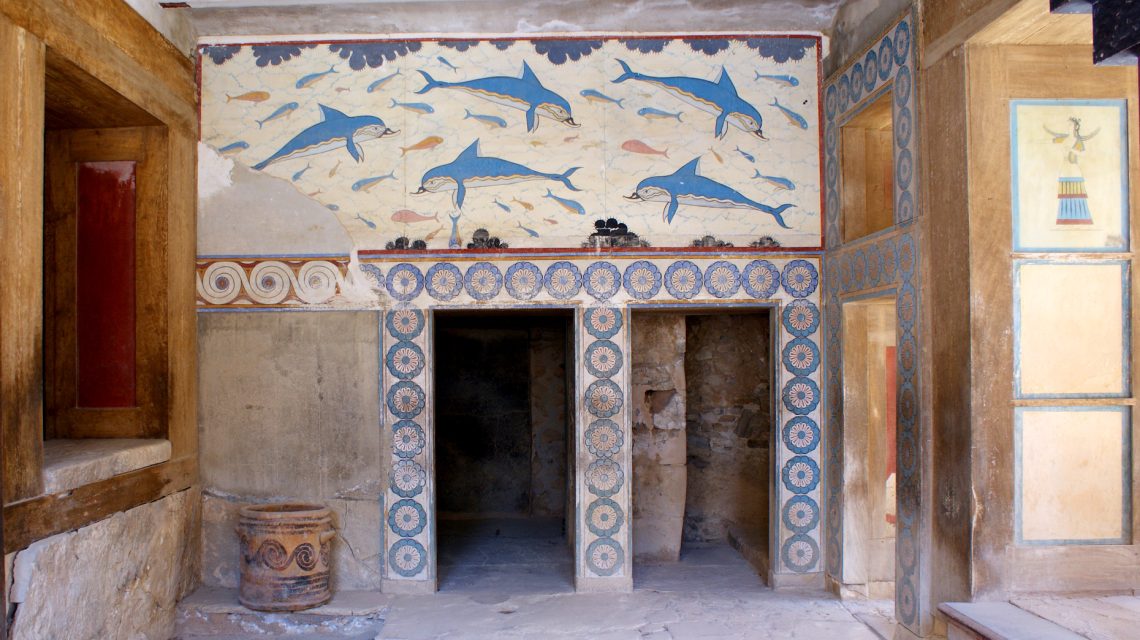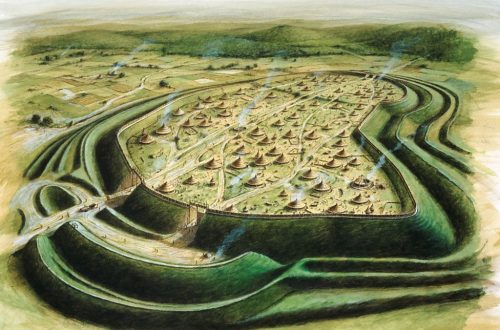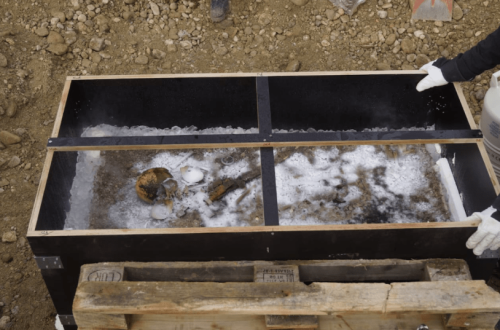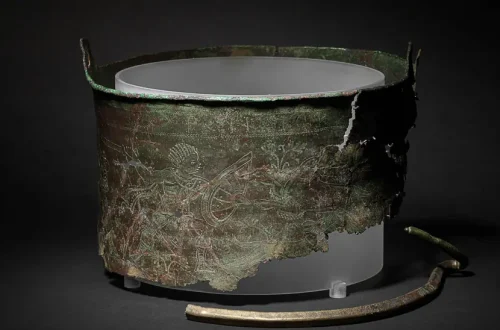Greek politicians and archaeologists have voiced intense criticism following the collapse of a replica of the iconic Dolphin Fresco at the Palace of Knossos in Crete. The incident, which occurred on Friday, 16 May 2025, saw a section of the fresco reproduction in the palace’s eastern wing detach due to strong winds during a storm, raising concerns about the maintenance of this renowned archaeological site.
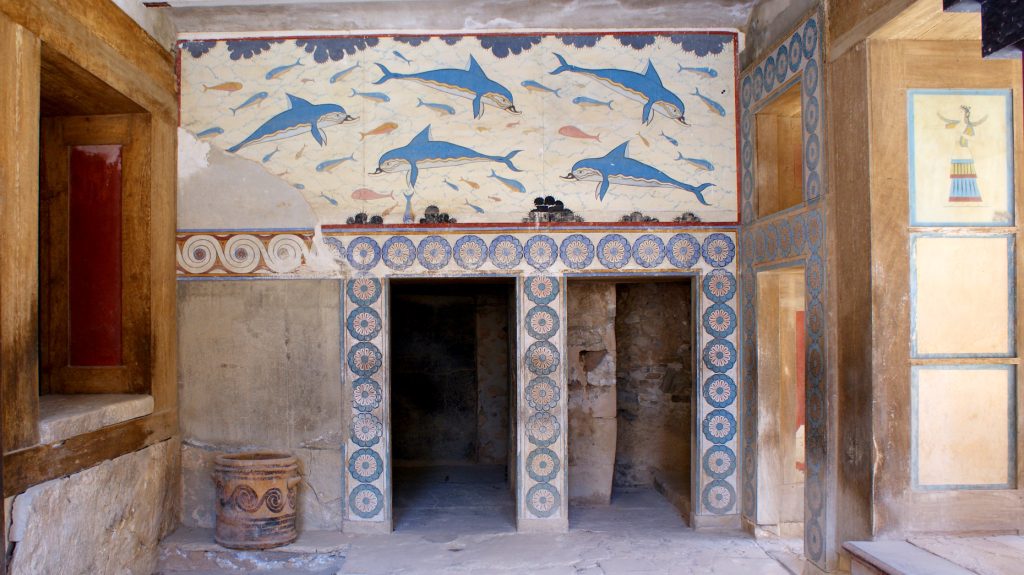
The Dolphin Fresco, dating to the Minoan period around 1500 BCE, is one of the most recognisable artworks from Knossos. It depicts vibrant dolphins in a marine scene. The collapsed section was a modern replica installed to preserve the original, which is housed in the Heraklion Archaeological Museum. The loss of the replica has sparked debate about the upkeep of the Knossos site, a key cultural landmark and one of Greece’s most visited archaeological treasures.
Archaeologists have pointed to inadequate site protection as a contributing factor, arguing that stronger measures could have prevented the damage. Politicians, meanwhile, have called for urgent action to assess and reinforce the site’s infrastructure. The Heraklion Ephorate of Antiquities promptly collected and removed the fresco fragments, but the incident has fuelled broader discussions about funding and conservation efforts for Greece’s historical sites.
The Palace of Knossos, associated with the Minoan civilisation and the myth of the Minotaur, attracts thousands of visitors annually. The collapse has drawn attention to the challenges of balancing tourism with preservation, particularly in extreme weather. Authorities are now reviewing the site’s condition, with plans to improve protective measures to safeguard other replicas and structures.
- The Jerusalem Post, “World famous dolphin fresco replica in Knossos collapses,” 18 May 2025.
- Greek City Times, “A section of the iconic dolphin fresco at Knossos Palace collapsed on May 16, 2025,” 18 May 2025.

